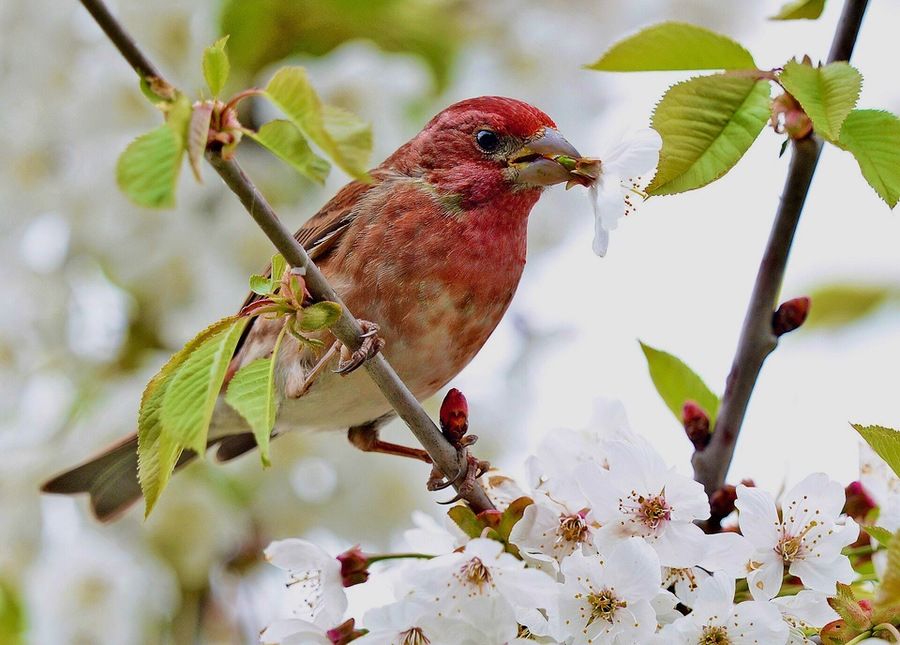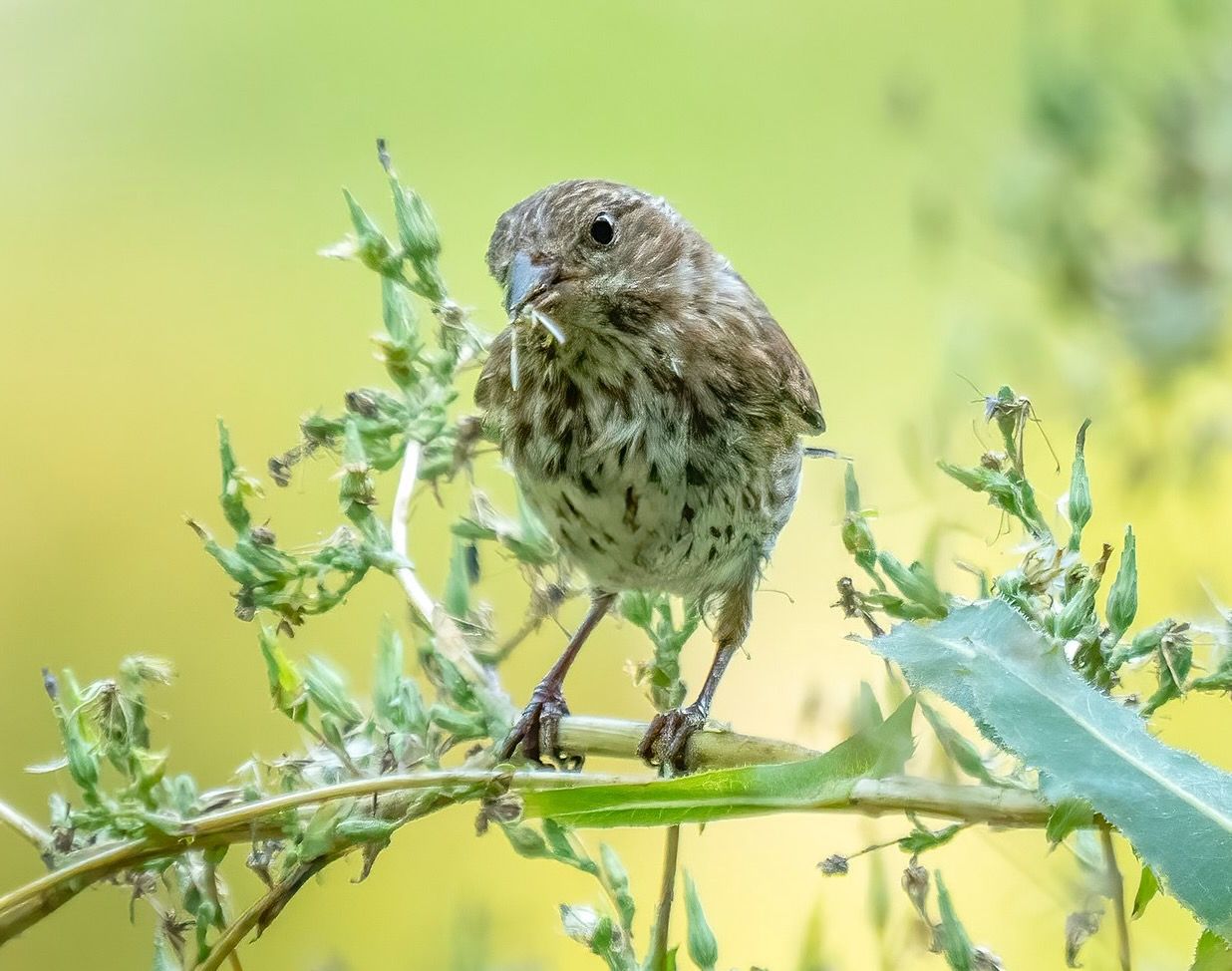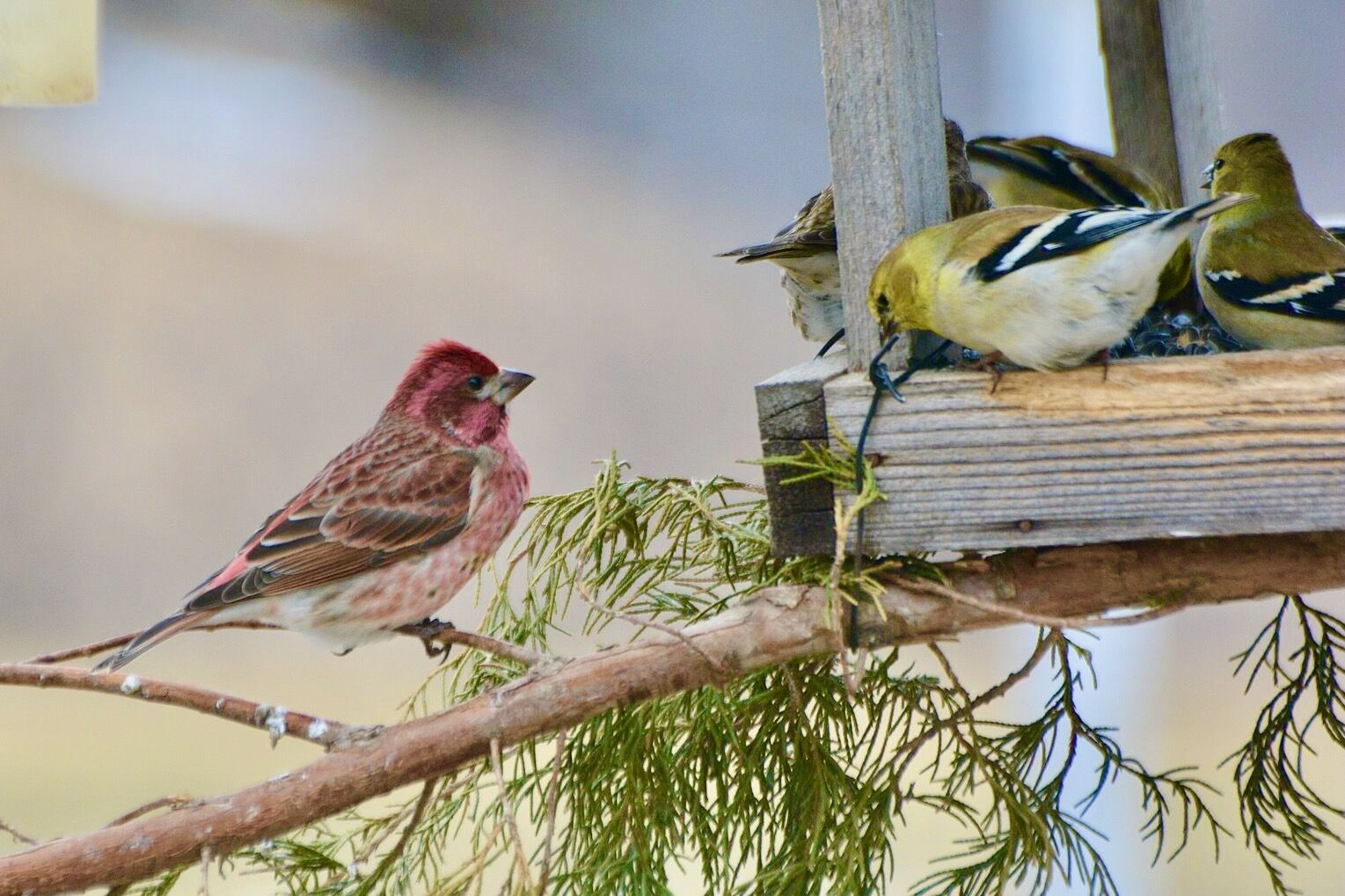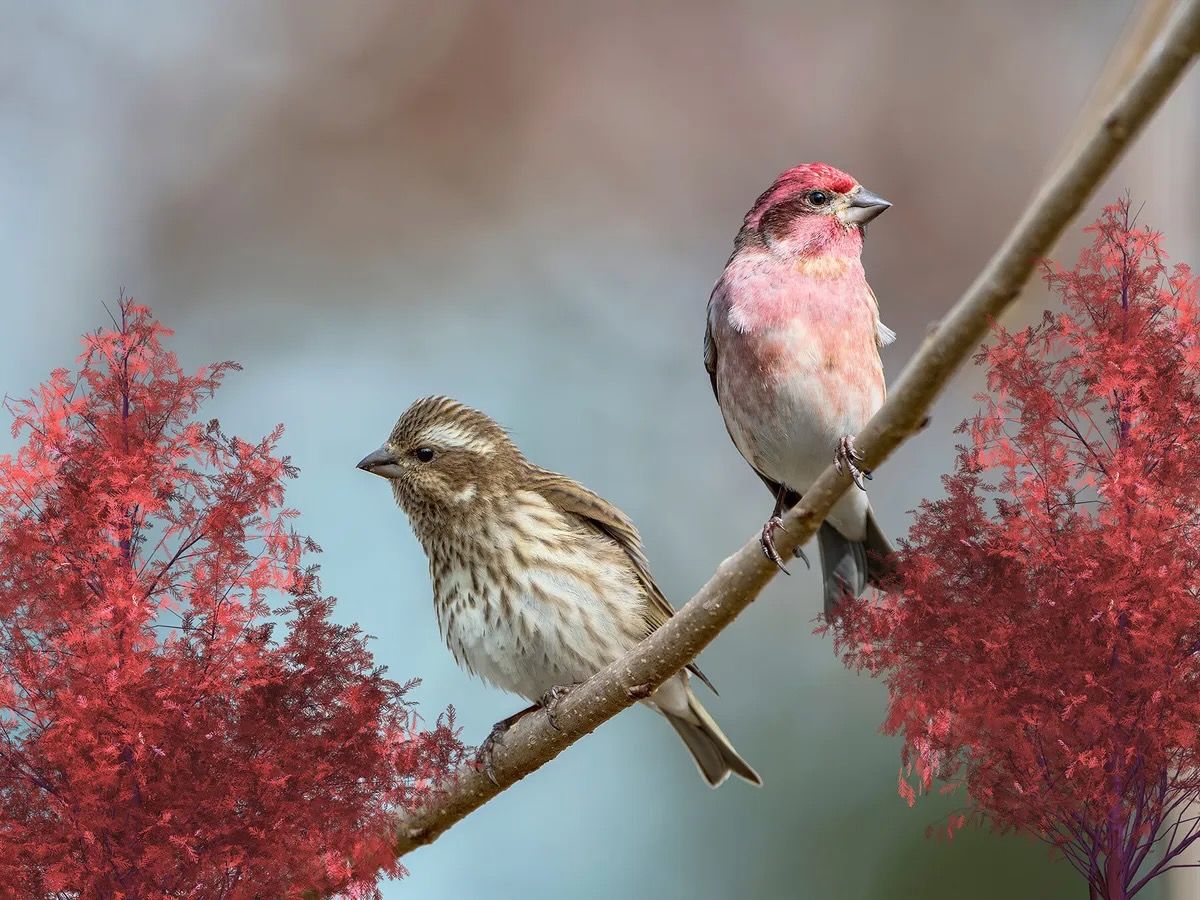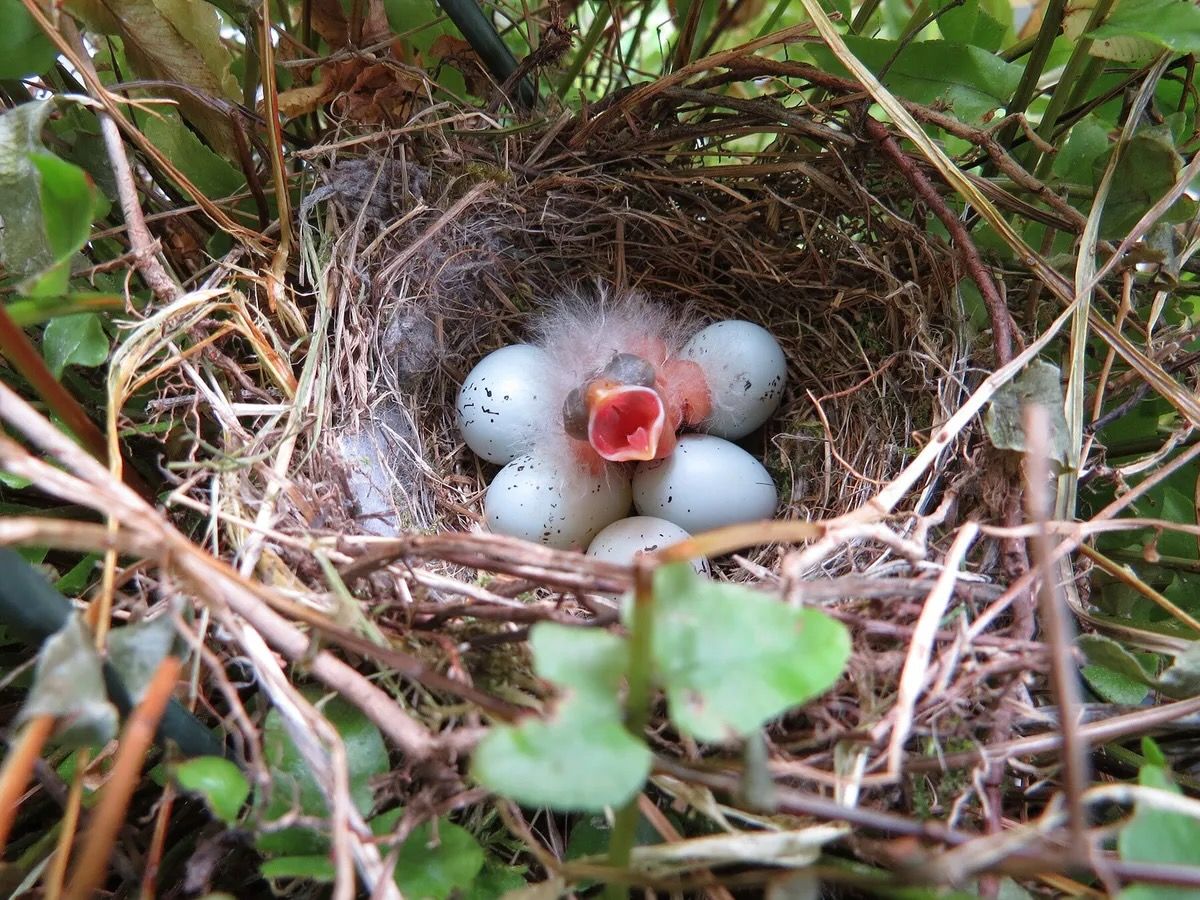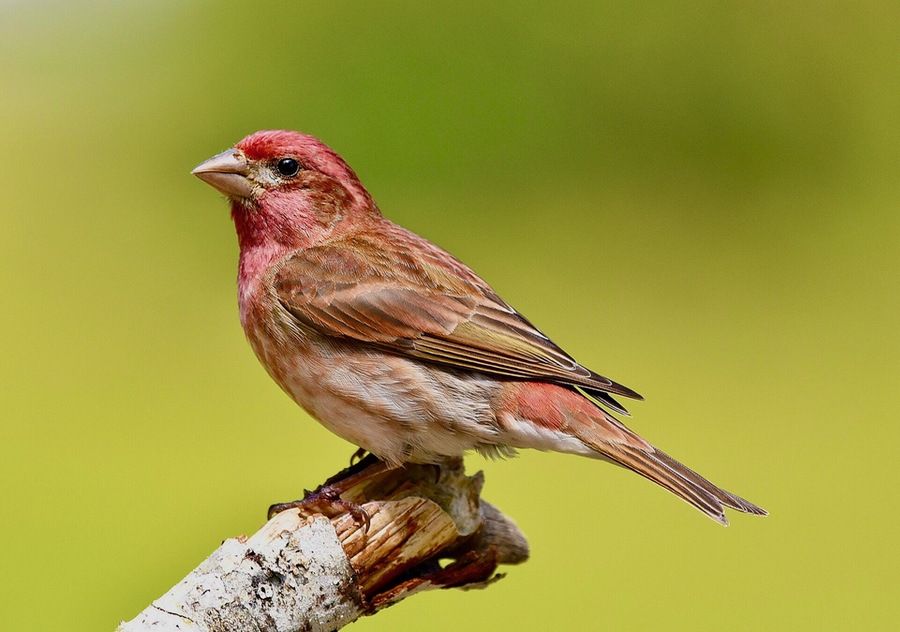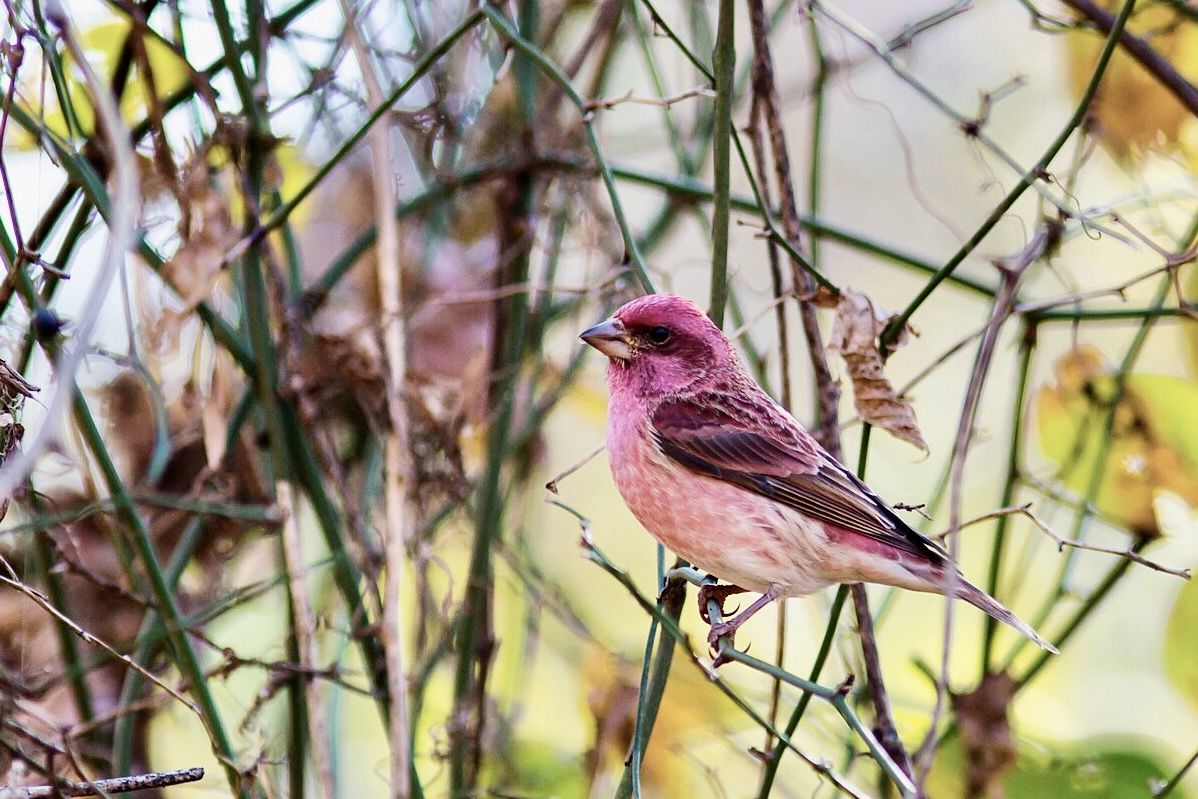Purple Finch
Bird records for Salter Grove began in 2002 but the Purple Finch was only seen for the first time at Salter Grove on 1 January 2025. A male was seen along the eastern arm of the Upland Trail.
Not only has the Purple Finch been rare in the park, but it can be mistaken for the now more common House Finch, a close relative that was historically restricted to the West coast of the United States. The following key differences should help to separate these two closely related finches.
The male plumage of both species includes red on the head, neck, throat and breast. However, the red area is more extensive and consistent in the Purple Finch and the male is aptly described as a “sparrow dipped in raspberry juice.” Moreover, the red areas in the House Finch may be replaced by orange to deep yellow, depending on which fruits and seeds were consumed while molting feathers. The Purple Finch male has subtly marked light underparts whereas the House Finch has clear brown streaks on its underparts and flanks.
The female plumage is also similar between the two finches but the Purple Finch female has more distinct facial markings and a white eyebrow and crisper streaks on its underside.
The parents may eat beetles and caterpillars during the summer but Purple Finch nestlings are fed primarily seeds. Consequently, breeding success is not affected when a nest has been parasitized by the Brown-headed Cowbird. The cowbird eggs laid may hatch successfully but the hatchlings do not survive for long because they require an insect-based diet.
The breeding range of the Purple finch extends from southern Canada to the northeastern region of the United States, with Rhode Island representing the southern limit. According to the Second Atlas of Breeding Birds in Rhode Island, nesting activity occurs primarily in western Rhode Island where there are stands of mature eastern white pine and eastern hemlock. Populations that breed in New England and along the Pacific coast are likely year-round residents whereas Canadian breeders may spend the winter months across the central and southeastern regions of the United States.
The Purple Finch was historically a common summer and winter resident in southern New England. The introduction and spread of the more aggressive House Sparrows in the late 1800's led to a decline in suburban populations. A decline in forest populations began in the late 1960's subsequent to the spread of the introduced House Finch. Studies indicate that the Purple Finch invariably loses out to the House Finch in territorial disputes.
For more information:
https://www.allaboutbirds.org/guide/Purple_Finch
https://www.audubon.org/field-guide/bird/purple-finch
https://en.wikipedia.org/wiki/Purple_finch
https://animaldiversity.org/accounts/Carpodacus_purpureus/
https://www.birdsbybent.com///////ch41-50/purfinch.html
https://birdfact.com/articles/purple-finch-nesting
Clarkson, C. E., Osenkowski, J. E., Steen, V. A., Duhaime, R. J., and Paton, W.C. (2023) The Second Atlas of Breeding Birds in Rhode Island. Rhode Island Department of Environmental Management Division of Fish and Wildlife. pp. 318-319.
Howe, Jr., R.H. and Sturtevant, E. (1899) The Birds of Rhode Island. p.69

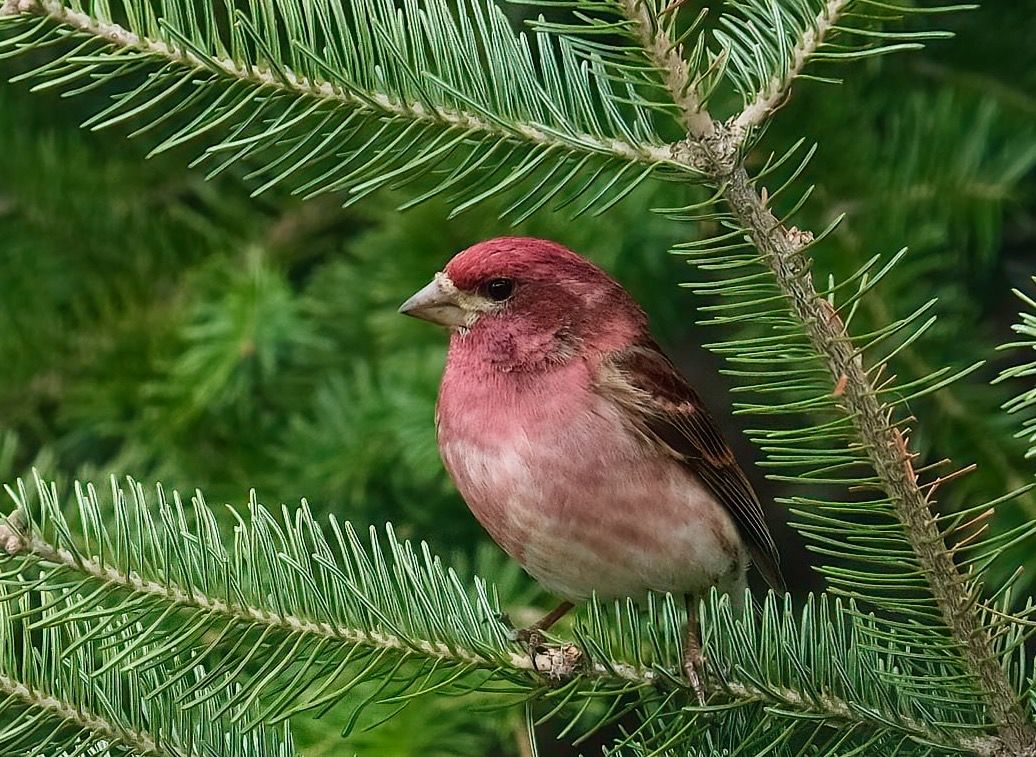
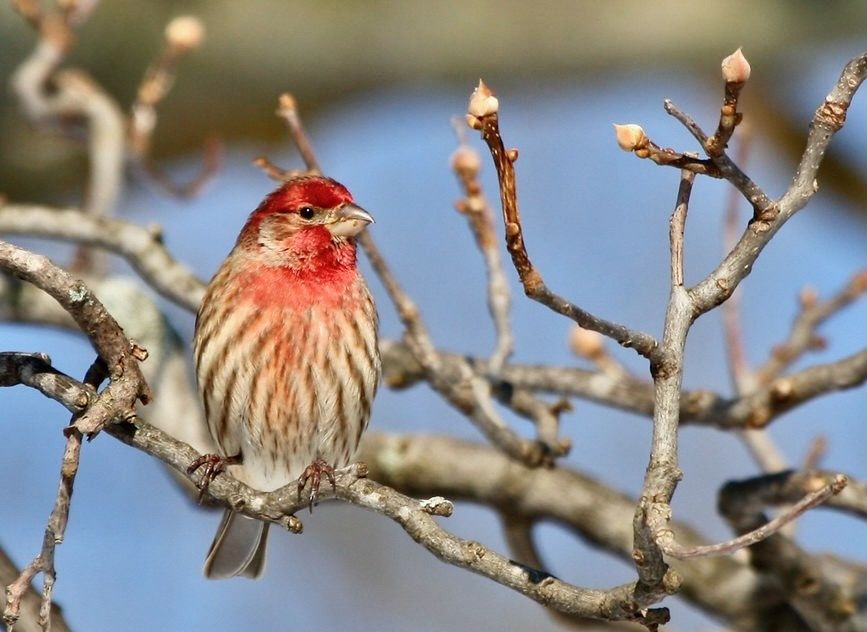
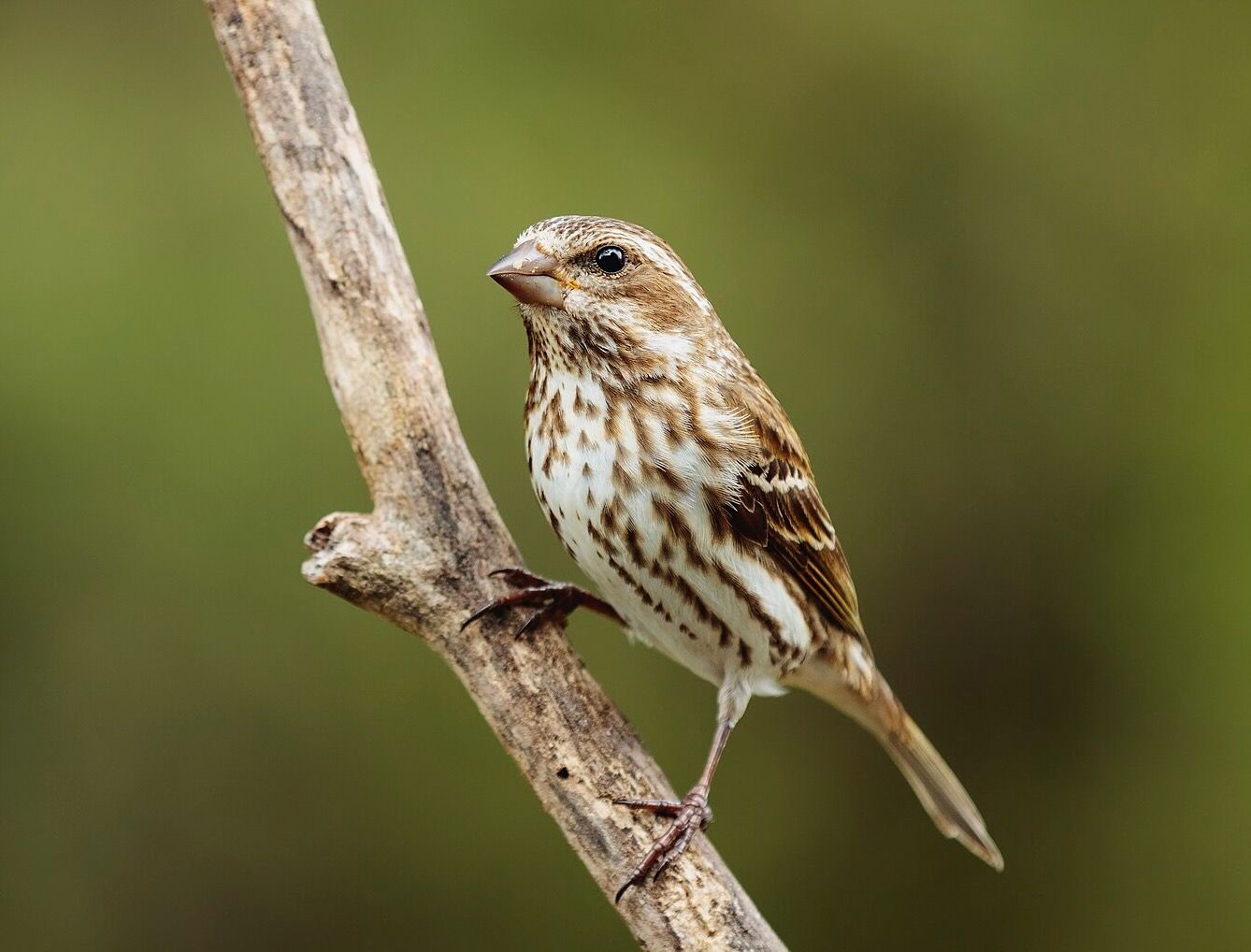
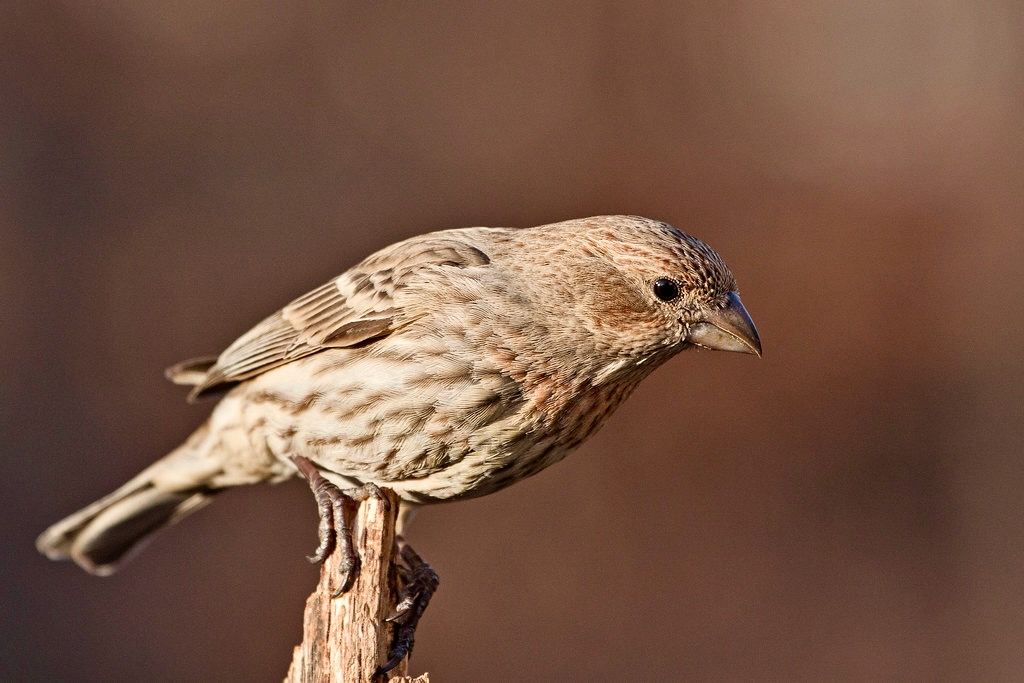
.jpeg?w=350?blur=10)
